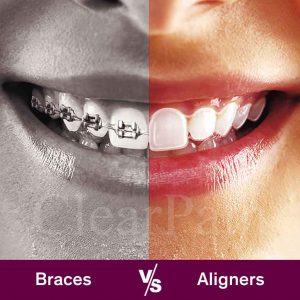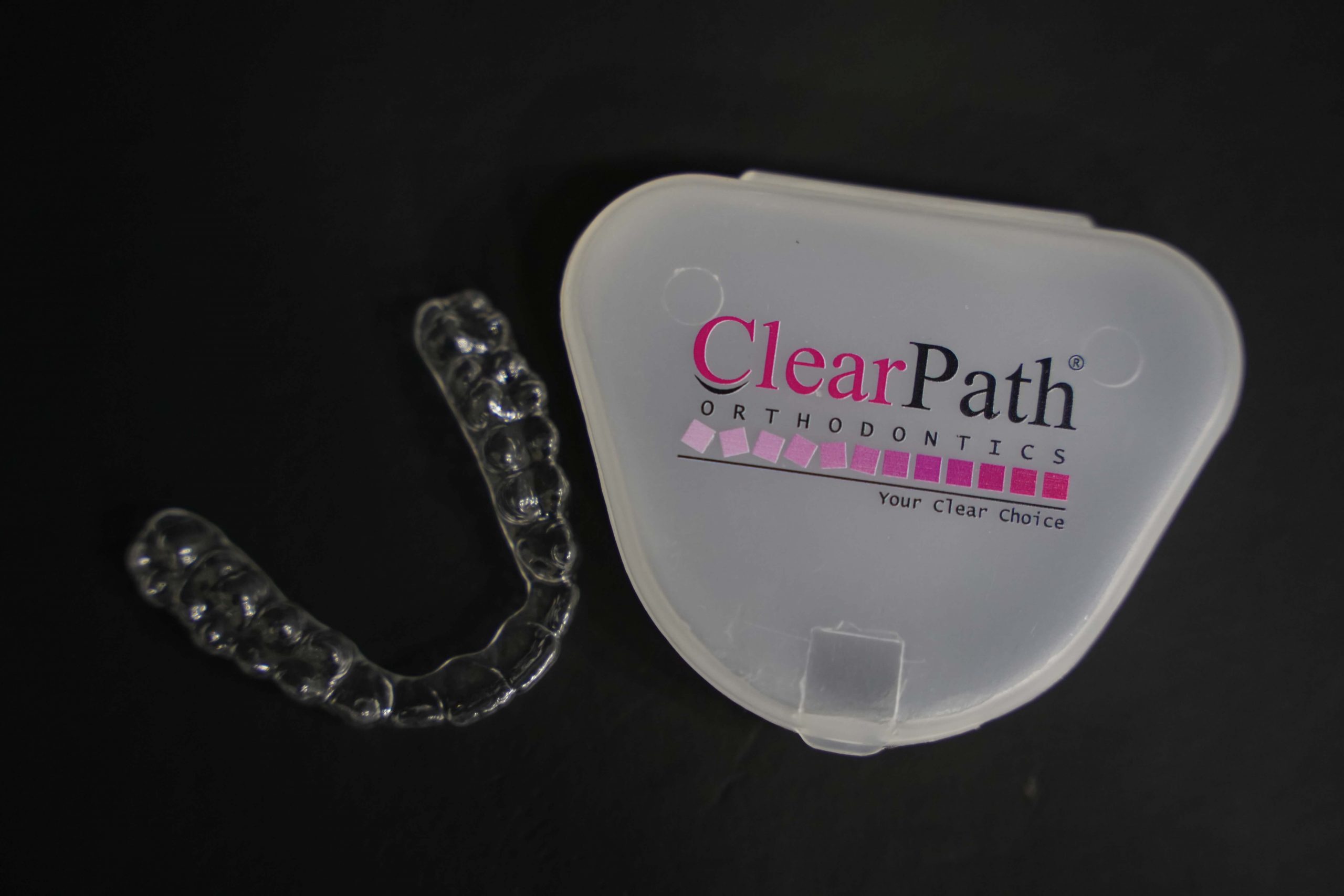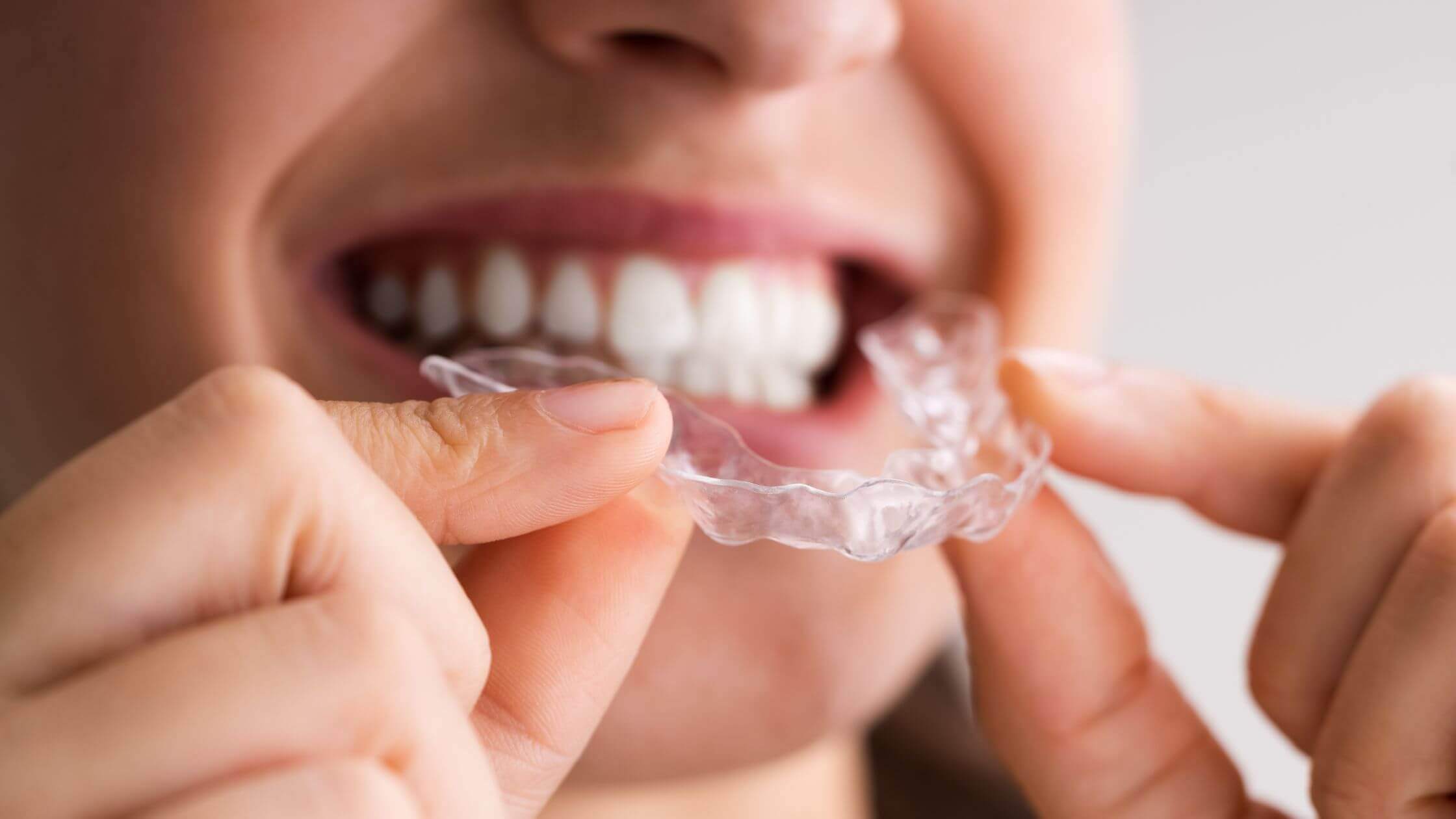Your mouth (like the rest of your body) is constantly changing, and your teeth are a part of that change. This may appear odd, especially if you realize for the first time that one or more of your teeth have moved! Knowing what happens in your mouth and face over time will prepare you for what to expect and how to deal with it.
Read More: Want to Know How’s the Life with Clear Aligners?
Table of Contents
ToggleWhat Is Causing My Teeth To Shift?
Braces are widespread in teenagers and children, therefore most people believe that teeth do not shift after that age. Nothing could be further from the truth. While teeth move more significantly as a child grows and their jaw expands with them, shifting can occur at any age. Teeth can shift for a variety of reasons, or a combination of these factors.
- Grinding your teeth:
Grinding your teeth, also known as bruxism, causes wear and tear on your teeth, and the pressure of grinding or clenching can pull your teeth out of alignment over time. While teeth grinding is most common at night, it is also a normal stress response and can occur at any time of day. Using a mouthguard while sleeping can assist minimize pressure on your teeth if you grind your teeth.
- Aging:
Teeth shifting is another aspect of aging that we can all look forward to. As we age, the lower jaw and teeth move forward, causing crowding and overlapping in your lower teeth. Our lips also thin as we get older, which may not seem to have much of an impact on our teeth, but all of these age-related oral health changes can contribute to tooth shifting.
- Ignoring aligners
Many people who straighten their teeth as teenagers or children believe that their correction will endure. Sadly, teeth tend to try to return to their “natural” position. You may not notice the difference from day to day, but your teeth may shift after you remove your clear aligners over months or years. This is why wearing Clear aligners in Lahore is a smart move if you want to treat malocclusion without anyone noticing.
Changes in jaw bones
It’s easy to notice how a person’s face changes during the adolescent development spurts. Did you know that your facial bones change during your life? The way your teeth shift is affected by your lower jaw. Your lower jaw moves forward as you become older. It becomes narrower at the same time. This causes teeth to shift in a variety of ways. For starters, as your lower jaw narrows, your lower teeth may squeeze together and overlap. Second, changes in your jaw will affect your bite, or how your top and bottom teeth meet. This increased pressure accumulates over time and can eventually produce gaps in your upper teeth.
Prioritize Oral Health
When it comes to preventing future tooth movement, your oral health is extremely important. Maintain a consistent routine of cleaning and flossing your teeth twice daily. Antibacterial mouthwash can also be beneficial. Remember to get your teeth cleaned every six months or as often as your dentist suggests. This allows you to maintain the health of your teeth, gums, and mouth to keep your teeth stable.
Read More: How Crooked Teeth Can Affect Your Child
How to Straighten Shifting Teeth?
While prevention is always preferable, we understand that it is not always possible when it comes to tooth shifting. If your teeth have already moved, orthodontic treatment with braces or an aligner in Lahore can help you get your bite back on track. While teeth shifting is a natural aspect of life, we all deserve a smile we can be proud of. Call ClearPath today to discuss your choices and to connect with a dentist.
Read More: 5 Reasons You Need Clear Aligners to Straighten Your Misaligned Teeth











